Even in a age when we can pack a computer in our pocket and see into the inner workings of atoms and the far reaches of space, and robots are folding our laundry, there are still a few things right here on our planet we don’t understand. One such thing is Racetrack Playa in Death Valley National Park California.
The photo above is by photographer Ben Horne. Click the image to view more of his amazing desert images. Ben uses an old fashioned 8 x 10 viewfinder camera to capture incredibly detailed landscape photographs. Be sure to subscribe to The Gizzard Stone for when we write an article about large format photography.
Traveling Rocks
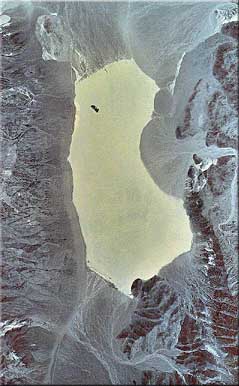 Rocks move across Racetrack Playa and no one understands why. The rocks move in no particular direction, for no particular distance. They curve and sometimes move in pairs. The rocks vary from a few ounces to 700 pounds. The playa is a 4 1/2 miles long and only gains an inch of elevation from one end to the other, so they aren’t just sliding down hill. The playa also sees some incredible wind, but a 700 pound rock would need a 150 mile per hour wind to move, and the wind at Racetrack Playa isn’t that strong.
Rocks move across Racetrack Playa and no one understands why. The rocks move in no particular direction, for no particular distance. They curve and sometimes move in pairs. The rocks vary from a few ounces to 700 pounds. The playa is a 4 1/2 miles long and only gains an inch of elevation from one end to the other, so they aren’t just sliding down hill. The playa also sees some incredible wind, but a 700 pound rock would need a 150 mile per hour wind to move, and the wind at Racetrack Playa isn’t that strong.
Despite a century of scientific investigation, this curious phenomenon has confounded the geological community and park visitors alike. To this day, no one has ever seen the rocks move. But in lieu of eyewitnesses, countless theories have been put forward over the years in an effort to explain the reasons behind the migrations. (PBS)
A team of interns from NASA’s Lunar and Planetary Science Academy went to Racetrack Playa last year to investigate. They found that there are no electromagnetic or radiation anomalies that would account for the movement, and they also found no patterns in the mass, direction and orientation in the moving stones. They found that generally, the stones move up hill. “But the slope is so insignificant that we don’t think it would influence this movement,” says of Andrew Ryan of Slippery Rock University in Slippery Rock, Penn.
One likely factor is the slippery mud and ice that forms on the playa. And wet slippery mud would certainly account for tracks they leave behind. I don’t see how ice could be involved as the ice would prevent them from deforming the mud. Still, something strange is going on here…
 Racetrack Playa, while remote, is not inaccessible. It is fairly easy to get to and explore Racetrack Playa. You can easily get to Racetrack Playa if you have a 4 wheel drive, or otherwise rugged vehicle and don’t mind long dirt roads. For more info in visiting Death Valley, check out the National Parks Service website.
Racetrack Playa, while remote, is not inaccessible. It is fairly easy to get to and explore Racetrack Playa. You can easily get to Racetrack Playa if you have a 4 wheel drive, or otherwise rugged vehicle and don’t mind long dirt roads. For more info in visiting Death Valley, check out the National Parks Service website.
What is a Playa?
Though the word means “beach” in spanish, in this case, Playa refers to a desert basin that has no outlet for water and periodically fills with seasonal runoff. Playas are usually covered with salt crystals that remained after inland seas or lakes evaporated over yes of thousands of years. Racetrack Playa and Death Valley are located in the Great Basin Physiographic Province which is defined as an area of California, Nevada and Utah where all rivers flow into Playas, or Sinks and never reach the ocean. There are many playas in the Great Basin, including the infamous Black Rock Desert where the annual Burning Man Festival takes place.
What do you think is happening at Racetrack Playa?
If NASA can’t figure it out, you’re guess is as good as anyones. I say we come up with something really out there. They say that all things being equal, the simplest answer is usually the best. But I find that when that fails, the wildest answer is the best, or at least the most fun.
-Mike


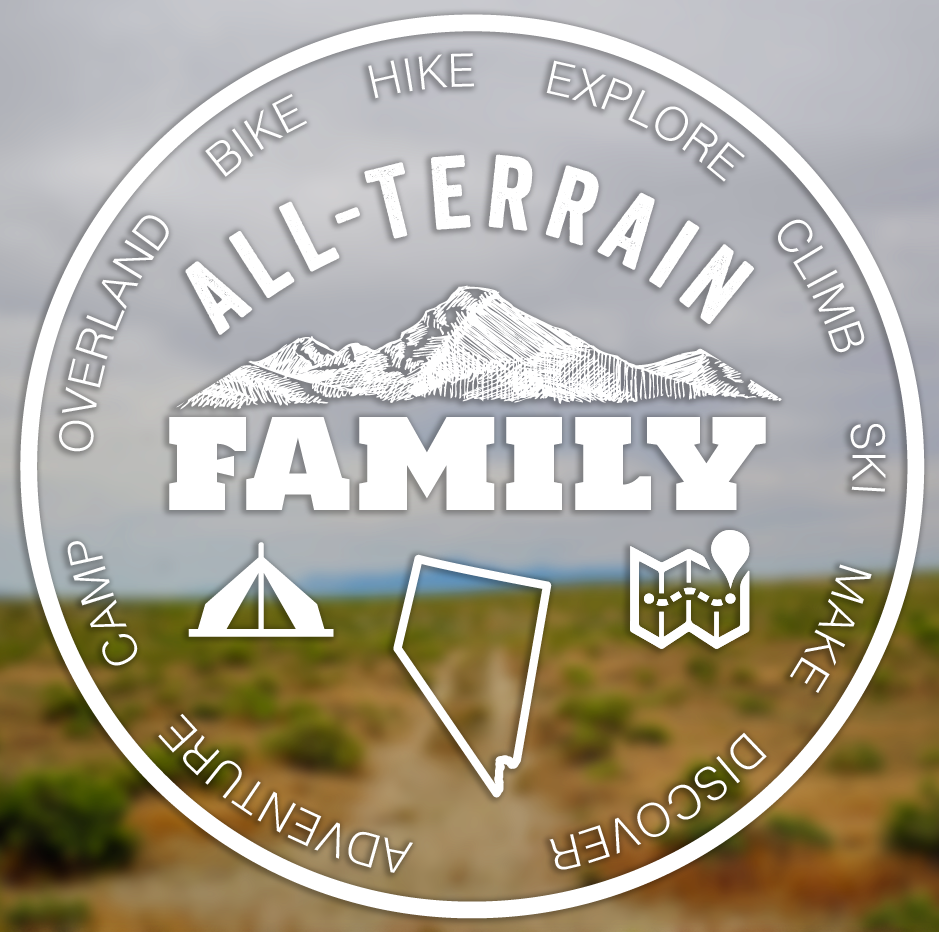
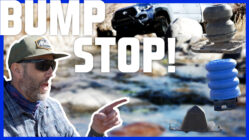
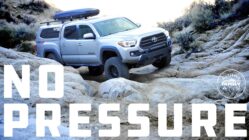

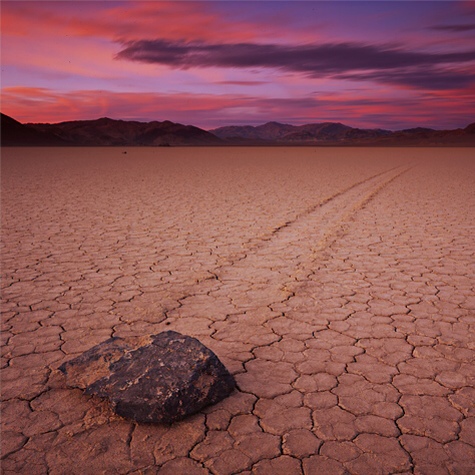

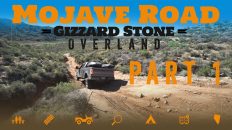
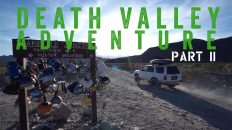

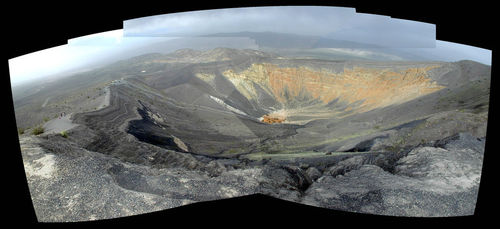
Just like the tides, could it be due to gravitational interference? Maybe due to ore content, the magnetic fields that have changed so erratically could be blame. Or maybe due to the soft ground and weight of the rock, the wind effectively moves the dirt in front and lowers friction or creates a channeled path that is small and unseen due to the slow abrasiveness of it’s progress